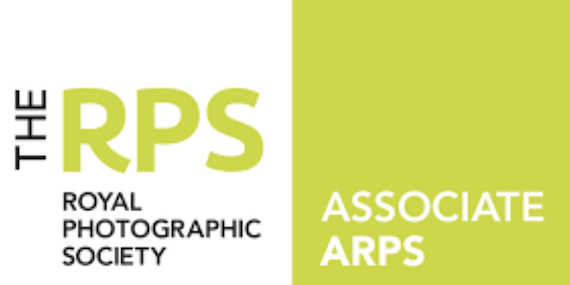Lewis Baltz was a visual artist and photographer who became an important figure in the New Topographics movement of the late 1970s. His work has been published in a number of books, presented in numerous exhibitions, and appeared in museums such as the Museum of Modern Art, Paris, Museum of Contemporary Art, Helsinki, San Francisco Museum of Modern Art, and The Whitney Museum of American Art, New York.[citation needed] He wrote for many journals, and contributed regularly to L'Architecture d'Aujourd'hui.
His work is focused on searching for beauty in desolation and destruction. Baltz's images describe the architecture of the human landscape: offices, factories, and parking lots.[3] His pictures are the reflection of control, power, and influence by and over human beings.
Next to Bernd and Hilla Becher, Stephen Shore, and Henry Wessel, Lewis Baltz is one of the most prominent representatives of the New Topographics movement, which was seminal to the development of conceptual photography.
Baltz's photo series document the side effects of industrial civilization on the landscape, focusing on places that lie outside the bounds of canonical reception: urban wastelands, abandoned industrial sites, warehouses. His photographs uncover the correspondences between spatial forms that occur in the everyday world and advanced forms found in art. Baltz's strategies imply a reflexive knowledge of the history of photography in that they deploy the photographer as a teacher of seeing who makes things visible through reductive gestures. He already turned in the mid-1960s towards a reduced, minimalist-style aesthetic, orienting himself on artists in the fields of painting, sculpture, and Land Art.
The Prototype Works and the 25-piece The Tract Houses are among his earliest projects, which broke with mainstream photographic traditions to reveal pronounced modernist references. Baltz manages in his work to extend the notion of the documentary; he "emphasizes the paradoxical position of photography within the art history of its time" (Sheryl Conkelt
http://www.artnet.com/artists/lewis-baltz/
His work is focused on searching for beauty in desolation and destruction. Baltz's images describe the architecture of the human landscape: offices, factories, and parking lots.[3] His pictures are the reflection of control, power, and influence by and over human beings.
Next to Bernd and Hilla Becher, Stephen Shore, and Henry Wessel, Lewis Baltz is one of the most prominent representatives of the New Topographics movement, which was seminal to the development of conceptual photography.
Baltz's photo series document the side effects of industrial civilization on the landscape, focusing on places that lie outside the bounds of canonical reception: urban wastelands, abandoned industrial sites, warehouses. His photographs uncover the correspondences between spatial forms that occur in the everyday world and advanced forms found in art. Baltz's strategies imply a reflexive knowledge of the history of photography in that they deploy the photographer as a teacher of seeing who makes things visible through reductive gestures. He already turned in the mid-1960s towards a reduced, minimalist-style aesthetic, orienting himself on artists in the fields of painting, sculpture, and Land Art.
The Prototype Works and the 25-piece The Tract Houses are among his earliest projects, which broke with mainstream photographic traditions to reveal pronounced modernist references. Baltz manages in his work to extend the notion of the documentary; he "emphasizes the paradoxical position of photography within the art history of its time" (Sheryl Conkelt
http://www.artnet.com/artists/lewis-baltz/
